The global economy has made massive strides over the millennia, an evolution driven by innovations both tangible – ships, railroads and computer chips – and intangible, like credit markets and regulatory regimes. British journalist Philip Coggan lays out the contours of these developments in this accessible overview that hews to the middle of the political road. While the broad themes will be well known to many readers, Coggan does pull out some hidden gems, such as the fact that standardized time zones didn’t exist until the late 19th century.
Early humans moved from hunting and gathering to farming, setting the stage for economic growth.
For much of human history, people survived by hunting and gathering. But about 11,000 years ago, humans began shifting to full-time farming. The change likely came about because the climate warmed, glaciers melted and crop yields improved. But farming was grueling, injury-causing work. What’s more, farmers got less nutrition and thus became physically smaller than hunter-gatherers.
The rise of agriculture led to the emergence of cities, and these newly formed centers required trade. Even cities that grew their own food had to trade for materials such as stone, wood and metal. International trade really took off around 1000 BC, when sea travel across the Mediterranean grew more common. Cities sparked an era of economic specialization, a trend that in turn led to the massive economic growth to come.
Large-scale farming allowed human populations to flourish, but farming wasn’t easy. For instance, growing crops depletes the soil of nutrients. The ancient Greeks and Romans handled this problem by giving their fields...
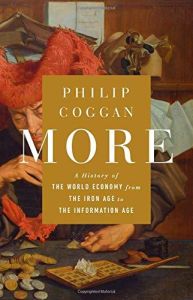









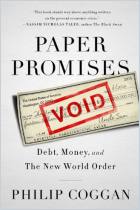
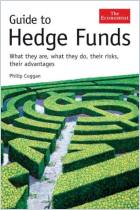
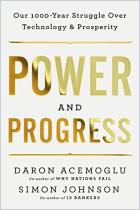

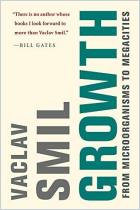
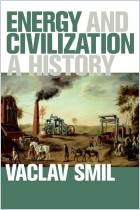
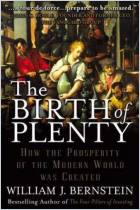
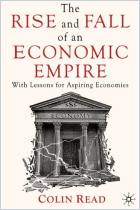



Comment on this summary or 开始讨论